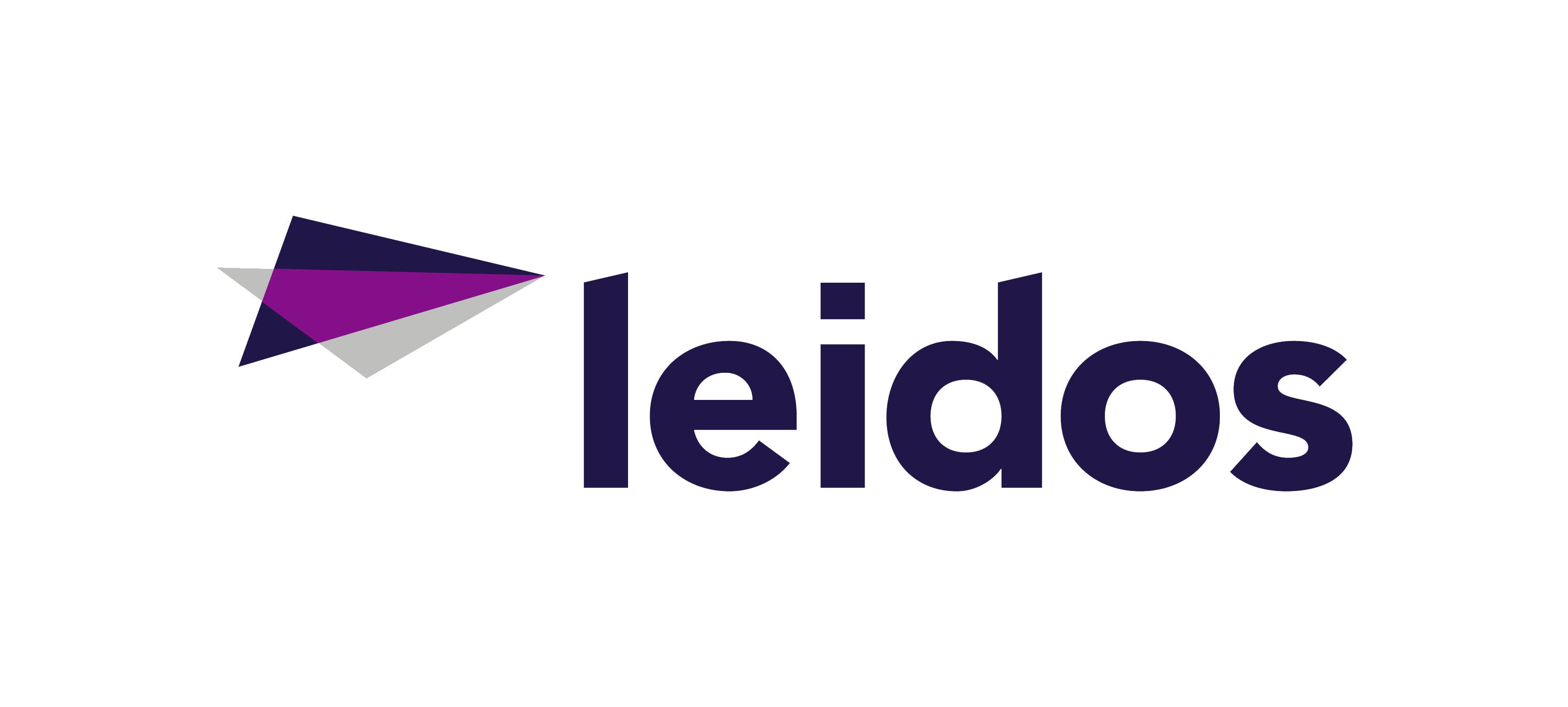sponsor content What's this?

iStock/PeopleImages
Conversations in Health IT: Redefining the Future of Care
A massive shift to telehealth services, an uptick in therapy and behavioral health counseling and a widespread increase in COVID-19 hospitalizations have pushed federal health agencies to rapidly develop tools and technologies that help medical professionals serve their patients. Here’s how they can continue the momentum.
Presented by
Leidos

The COVID-19 pandemic brought to light what many IT leaders already knew: The health care ecosystem is ripe for disruption.
A massive shift to telehealth services, an uptick in therapy and behavioral health counseling and a widespread increase in hospitalizations have pushed federal health agencies to rapidly develop and adopt tools and technologies that help medical professionals serve their patients. Meanwhile, the Centers for Medicare and Medicaid Services has had to address an influx of claims from beneficiaries diagnosed with COVID-19 and other conditions — a process already time consuming and manual before the pandemic. And now, with a new Omicron variant entering the picture, these health IT challenges persist.
Mike Jackman, chief operating officer of Leidos Health Group, has spent his career delivering solutions to improve health care outcomes for end users. He is constantly on the lookout for new ways to optimize health IT to serve customers. While the pandemic has proven a hurdle for federal health agencies, it also presents a unique opportunity to spearhead innovation.
“The pandemic caused a tenfold acceleration of virtual care, making it a necessity for health systems to deliver care at home and other remote settings. Moving forward, we need to invest in the technology to modernize systems and infrastructure that will enable secure data sharing and interoperability across the continuum of care,” Jackman says.
Intelligent Automation Improves Federal Health Workflows and Outcomes
Artificial intelligence and robotic process automation have transformed businesses around the world in everything from payroll to customer service and invoice processing. In the world of health care, however, these technologies are just in their early stages.
“The opportunities are endless for AI and RPA in the health space,” Jackman notes. “We’re already seeing success in early adopters of these technologies, but there’s still so much more to come.”
For example, as health administrators struggle with a backlog of claims and medical forms, RPA offers an opportunity to reduce that burden. This technology can sift through data quickly and easily, while increasing accuracy and cutting costs. In fact, a recent Leidos report found RPA can save money by up to 50%. It can cost as little as one-fifth of an average manual full-time employee. That means staff, many of whom are on the verge of burnout amid a global pandemic, can focus on more meaningful and less menial tasks — letting the robots do the rest.
But it’s not just claims management and administrative processing that can benefit from AI and automation.
“AI algorithms have been gaining adoption in a few clinical applications like radiology and pathology to assist doctors in completing diagnoses,” Jackman explains. “Using AI and machine learning can lead to faster decision-making and fewer errors, which ultimately improves patient care.”
Digitizing Care for a Hybrid Future
As physicians, patients and administrators get used to a more virtual world, the medical systems and processes they rely on need to keep up. Jackman says digital modernization investments will be required in cloud/cyber, infrastructure and interoperability for data access to help support a more distributed health ecosystem.
Moreover, health processes like care management and patient care coordination would benefit from a digital transformation.
“Bringing these processes online improves coordination and communication between end users, including providers, clinicians and patients,” Jackman says. “Having a one-stop shop for them to share records and access resources is critical.”
Additionally, digitizing these services can further improve access to care among more vulnerable populations. Virtual clinical trials, for example, reach a more diverse patient pool because they eliminate travel time to sites. This makes them more inclusive of communities without nearby facilities or patients with mobility challenges that might make it difficult to travel.
Securing the Health Ecosystem
Of course, bringing all these health care processes online requires a stringent approach to security. And with health care-specific compliance standards like the Health Insurance Portability and Accountability Act, and federal regulations like the Federal Information Security Management Act and the Federal Risk and Authorization Management Program, federal health agencies must take extra steps to secure health IT processes.
Jackman suggests embedding multiple layers of security across all aspects of health IT systems to protect and retain critical health data most effectively.
“Response automation can help agencies respond and react to a potential breach, but we recommend going beyond that and taking a proactive approach,” he says. “It’s imperative for organizations to increase IT resilience by leveraging a zero trust model by verifying locations, devices, users and applications before granting access to your network and systems.”
That’s especially true today, as federal agencies and health care organizations alike are falling victim to cyberattacks. Last year, a SolarWinds hack exposed troves of sensitive data from federal agencies and private sector organizations. Just months later, a Microsoft Exchange data breach revealed a plethora of vulnerabilities that wreaked havoc on government IT activities nationwide. And the world of health care is not immune to these threats — especially in the wake of an ongoing global pandemic. In fact, one report reveals 2020 saw a 73% increase in health care cyberattacks compared to the previous year.
By treating security as a critical component of the development and operations process, instead of an afterthought, organizations can prevent these attacks before they happen, Jackman says.
There’s no doubt about it: The future of health care and health IT will require a lot from agencies. But by working together — and alongside strategic partners — to develop innovative solutions that are accessible, secure and user friendly, federal health agencies can create a health care system that serves everyone well.
Find out how Leidos’ health services and capabilities can put your federal health agency on a path to IT success.
This content is made possible by our sponsor Leidos; it is not written by and does not necessarily reflect the views of GovExec’s editorial staff.
NEXT STORY: Digital Supply Chain: Improving Efficiency, Security and Visibility for the Public Sector






